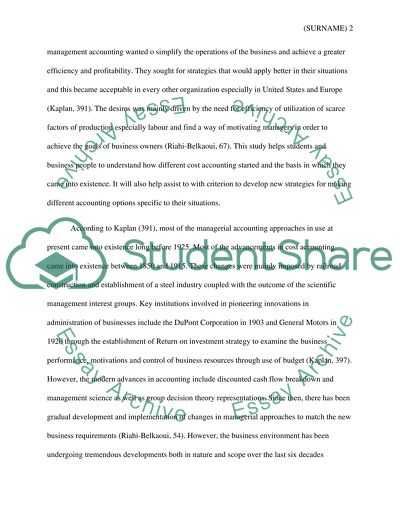Cite this document
(“Evolution of Management Accounting Term Paper Example | Topics and Well Written Essays - 2750 words”, n.d.)
Evolution of Management Accounting Term Paper Example | Topics and Well Written Essays - 2750 words. Retrieved from https://studentshare.org/finance-accounting/1475938-evolution-of-management-accounting
Evolution of Management Accounting Term Paper Example | Topics and Well Written Essays - 2750 words. Retrieved from https://studentshare.org/finance-accounting/1475938-evolution-of-management-accounting
(Evolution of Management Accounting Term Paper Example | Topics and Well Written Essays - 2750 Words)
Evolution of Management Accounting Term Paper Example | Topics and Well Written Essays - 2750 Words. https://studentshare.org/finance-accounting/1475938-evolution-of-management-accounting.
Evolution of Management Accounting Term Paper Example | Topics and Well Written Essays - 2750 Words. https://studentshare.org/finance-accounting/1475938-evolution-of-management-accounting.
“Evolution of Management Accounting Term Paper Example | Topics and Well Written Essays - 2750 Words”, n.d. https://studentshare.org/finance-accounting/1475938-evolution-of-management-accounting.


